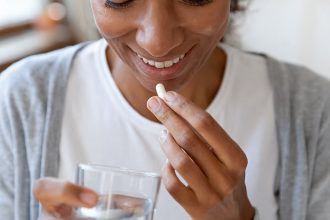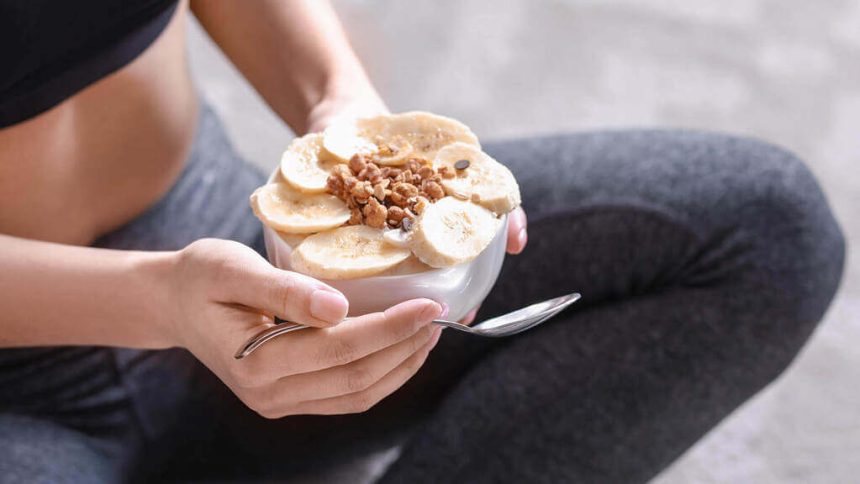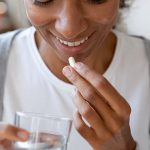After completing a run, elliptical session, or aerobics class, you might be feeling hungry and wondering how to best refuel.
For maximizing muscle growth, it’s typically recommended to consume a protein-rich snack immediately after a strength training workout. However, what you eat after a cardio session depends on various factors such as the type of cardio performed, the duration and intensity of the session, and your pre-workout nutrition.
While cardio exercises can contribute to a small amount of muscle growth, incorporating strength training is essential for significant muscle gain. The primary benefit of cardio exercise lies in calorie burning, which, when combined with an appropriate diet, can aid in weight maintenance or loss. Following certain nutrition guidelines can help ensure you’re optimizing your post-workout meal.
How soon should you eat after a cardio workout?
If your cardio session was less than an hour at a low or moderate intensity, you likely didn’t deplete all your muscle’s energy stores. Your body primarily uses fat and sugar to fuel aerobic exercise, and if you haven’t eaten or have completed a longer and/or more intense cardio session, it’s essential to refuel within 45 to 60 minutes to replenish muscle glycogen, especially if you plan to exercise again soon.
According to recommendations from a study published in the Journal of the International Society of Sports Nutrition:
- If you exercised on an empty stomach, it’s beneficial to consume a combination of protein and carbohydrates shortly after your workout to promote muscle growth.
- If you haven’t eaten for four to six hours before your workout, a meal rich in protein and carbohydrates immediately after your workout can also be beneficial.
- If you ate one to two hours before your workout, the meal you consumed pre-workout may be sufficient to support muscle building even after exercise, as the muscle-building amino acids from your food remain in the bloodstream for up to two hours post-meal.
With these recommendations in mind, here’s what you should consider eating after different cardio workouts.
What to eat after moderate cardio?
After completing a moderate intensity cardio session, such as a 30- to 45-minute 5K run or Zumba class, it’s important to replenish lost fluids. While your heart rate is elevated and you’re sweating, your caloric expenditure during this type of workout is relatively low.
Following this cardio session, aim to drink at least 8 ounces of water. If you weren’t adequately hydrated before exercising, consider drinking more. While coconut water can be a substitute, it’s advisable to avoid sports drinks like Gatorade, which may contain an unnecessary amount of sugar for a shorter workout.
What should you eat after a HIIT cardio workout?
After completing a HIIT cardio workout, which typically involves intense bursts of activity followed by short rest periods, it’s crucial to refuel your body appropriately. Unlike steady-state cardio sessions, HIIT workouts, such as sprints or cycling classes, are anaerobic exercises that result in a higher calorie burn and trigger the excess post-exercise oxygen consumption (EPOC) effect.
EPOC refers to the increased oxygen consumption needed to return the body to its resting state after exercise. HIIT sessions induce a greater EPOC due to the elevated oxygen consumption during the workout, leading to a continued calorie burn even after the workout is finished.
Given the high intensity of HIIT workouts and their impact on the body’s energy expenditure, it’s essential to consume a combination of protein and carbohydrates post-exercise. Along with hydrating with at least 8 ounces of water or coconut water, opt for a small meal with a carbohydrate-to-protein ratio of 3:1, as recommended by the Academy of Nutrition and Dietetics.
Protein aids in muscle repair and rebuilding, while carbohydrates replenish muscle glycogen stores, restoring energy levels. Examples of suitable post-HIIT meals include a protein shake with one scoop of protein and a banana, a glass of chocolate milk, Greek yogurt with berries, or tuna on whole-wheat bread.
What should you eat after a longer cardio session?
After completing a longer cardio session, especially if you’re training for a race or engaging in extensive cardiovascular exercise, it’s important to refuel your body properly.
Firstly, hydrate by drinking plenty of water or opting for a sports drink containing electrolytes, such as Gatorade. These beverages help replenish fluids and sodium lost during sweating.
Following hydration, opt for a small meal with a carbohydrate-to-protein ratio of 3:1. This ratio is beneficial for replenishing energy stores and promoting muscle recovery. Examples of suitable post-long cardio session meals include cereal with milk, a bagel with eggs, or a protein shake with added fruit.
Next steps
What to eat after cardio varies depending on factors such as the intensity and duration of your session. It’s crucial to pay attention to your body’s signals. The suggestions provided above are not strict rules but rather general guidelines to consider.
If you feel hungry after any workout, opt for a nutritious and well-balanced small meal to replenish your body’s energy and nutrients.










